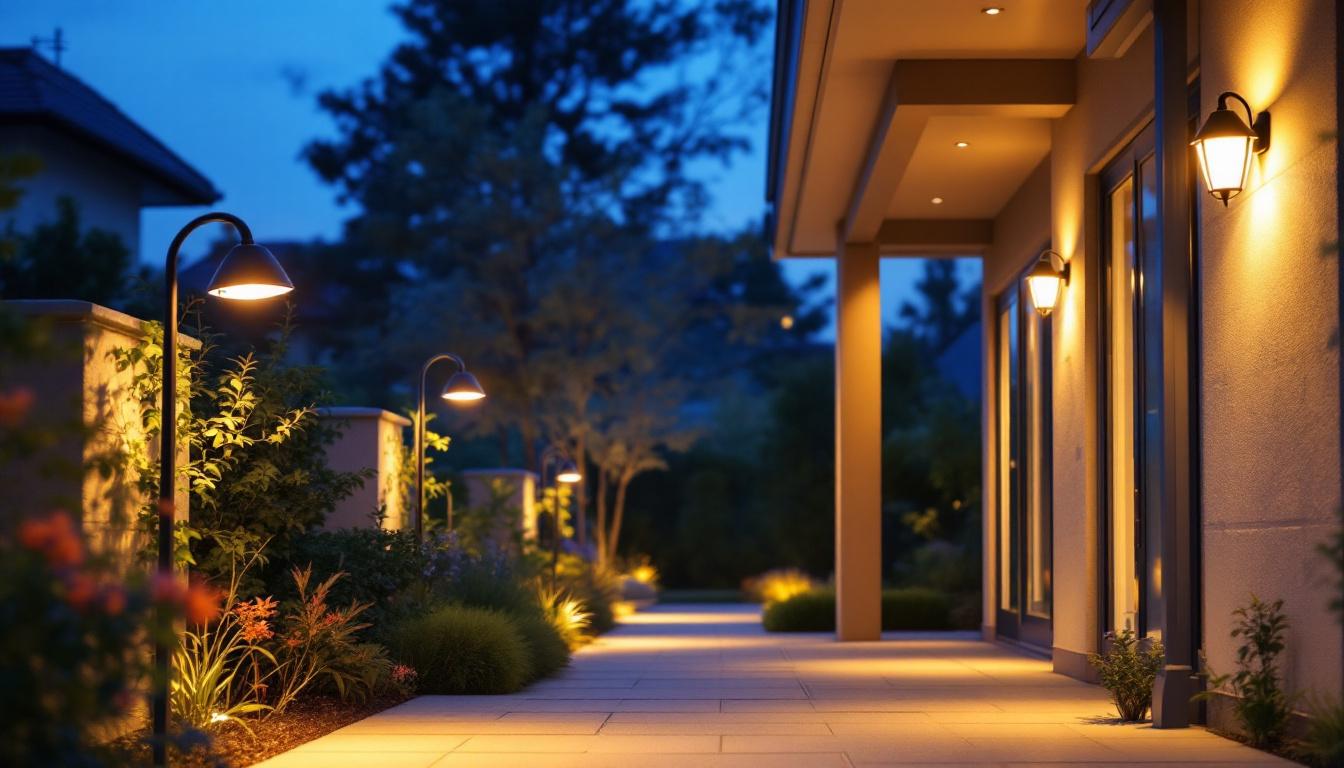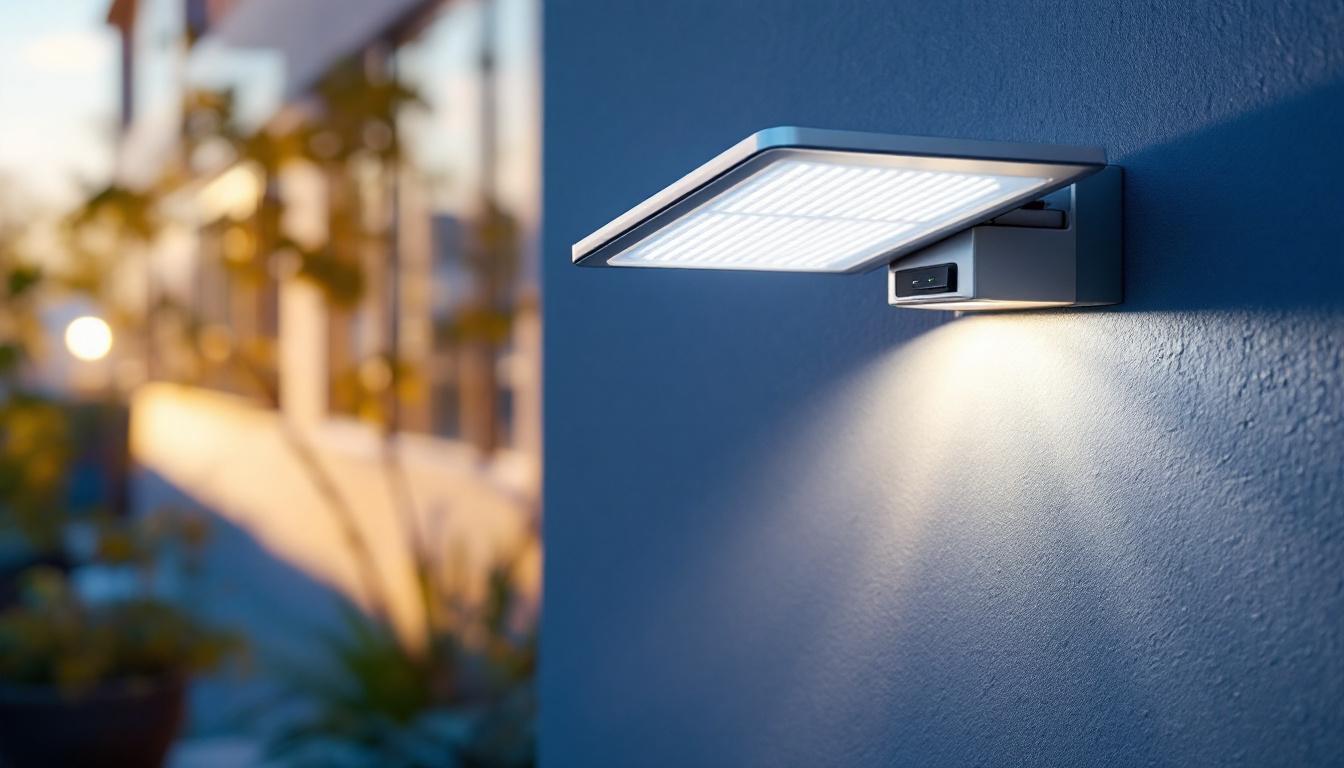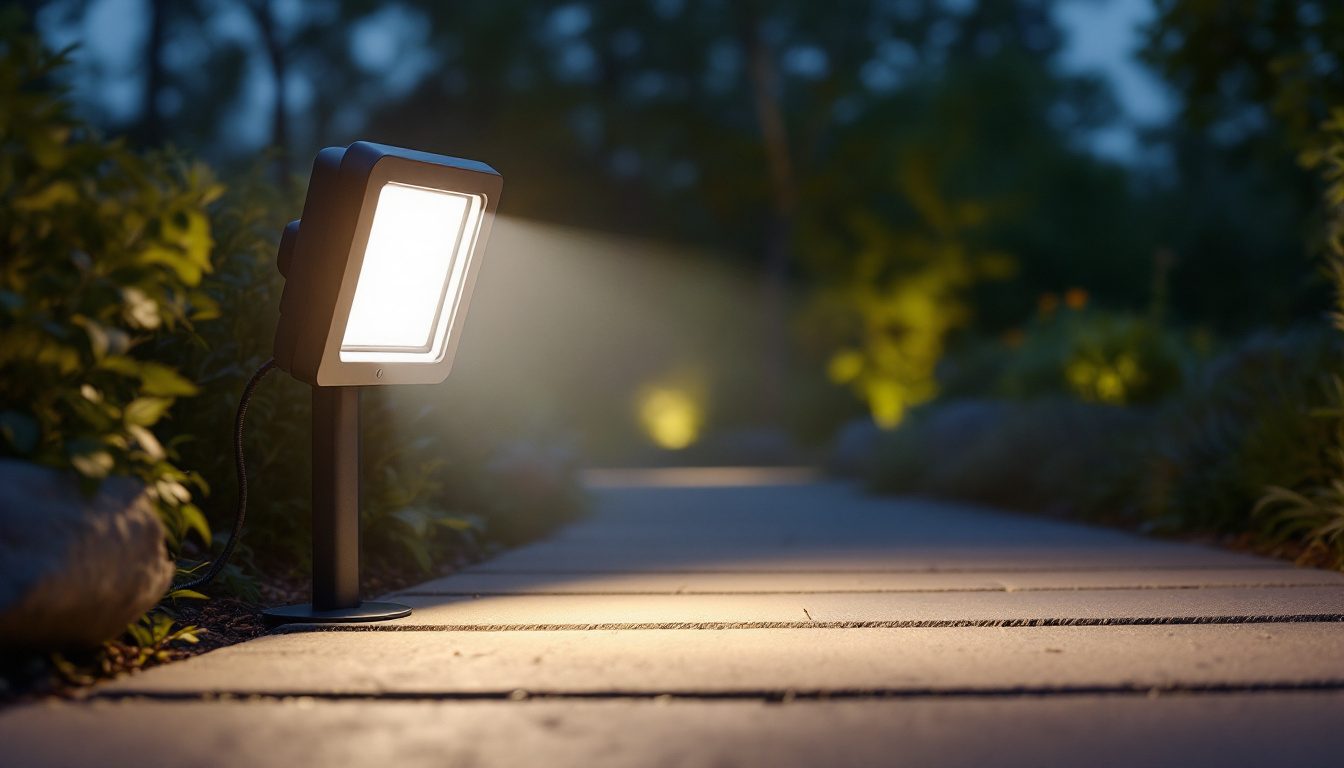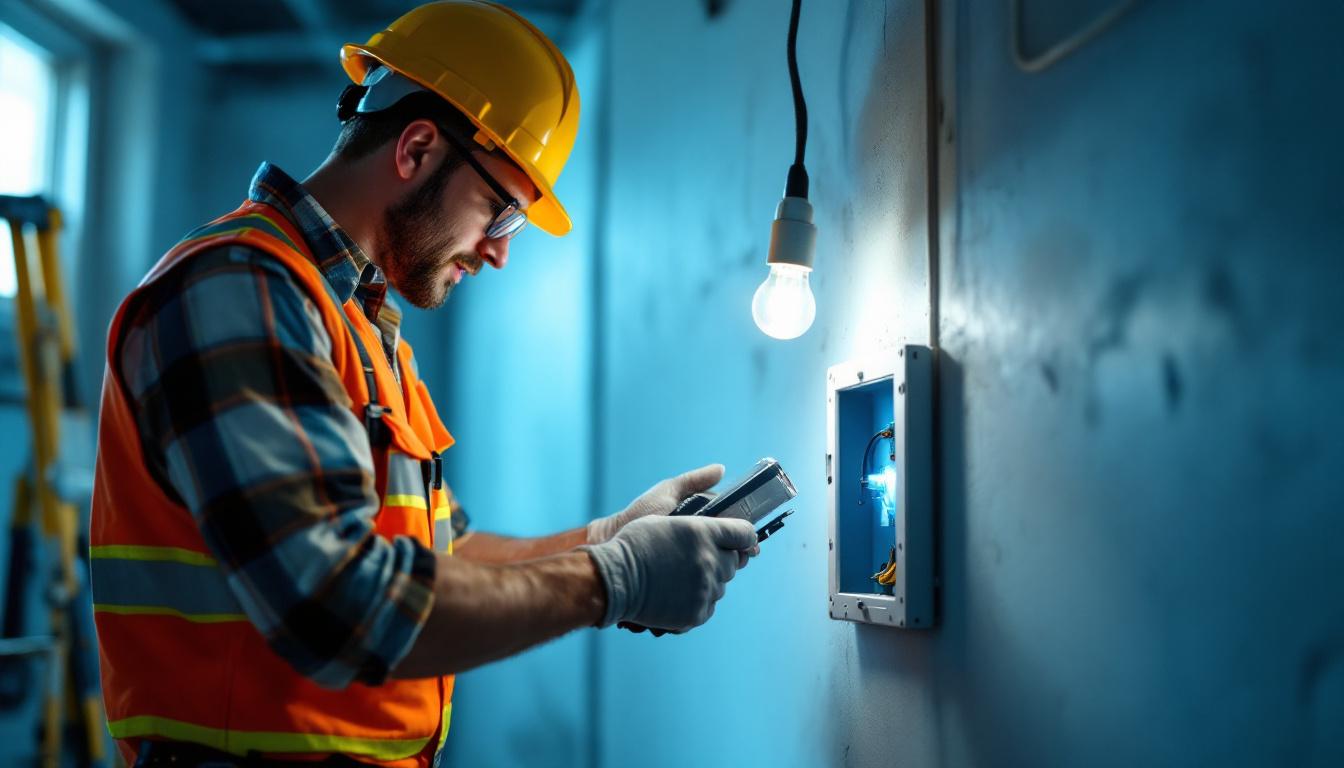
In the realm of outdoor lighting, motion sensing technology has emerged as a game-changer. As urban landscapes evolve and security concerns heighten, the demand for intelligent lighting solutions has surged. For lighting contractors, understanding the nuances of outdoor motion sensing lighting is essential not only for enhancing safety but also for providing energy-efficient and aesthetically pleasing solutions. This article delves into the various approaches that smart lighting contractors can adopt to effectively implement outdoor motion sensing lighting.
Outdoor motion sensing lighting serves multiple purposes, primarily revolving around safety, convenience, and energy efficiency. By illuminating pathways, driveways, and entrances only when movement is detected, these systems help deter intruders while conserving energy. Additionally, they enhance the overall experience of outdoor spaces, making them more accessible and inviting. This technology has evolved significantly, with many models now featuring adjustable sensitivity and customizable light durations, allowing homeowners to tailor their lighting solutions to meet specific needs.
One of the primary reasons homeowners and businesses invest in outdoor motion sensing lighting is for security. These systems can alert residents or business owners to potential intruders by illuminating areas that would otherwise remain dark. The sudden burst of light can startle trespassers, making them think twice before proceeding. Moreover, many modern systems can be integrated with security cameras or alarms, providing a comprehensive security solution. This integration allows for real-time monitoring and alerts, ensuring that any suspicious activity is documented and reported immediately. Additionally, the presence of motion-sensing lights can create a psychological barrier, as potential intruders are often deterred by the visibility and the risk of being caught on camera.
Energy efficiency is another significant advantage of motion sensing lighting. Traditional outdoor lights often remain on throughout the night, consuming unnecessary energy. In contrast, motion sensors ensure that lights are activated only when needed, drastically reducing energy consumption. This not only benefits the environment but also translates into lower utility bills for clients. Furthermore, many motion sensing lights are now designed with LED technology, which offers even greater energy savings and longevity. These advancements mean that homeowners can enjoy bright, reliable lighting without the guilt of excessive energy use. As a bonus, some systems even come with solar-powered options, allowing for a completely off-grid solution that harnesses renewable energy, making them an even more sustainable choice for eco-conscious consumers.
Understanding the various types of motion sensing technologies available is crucial for contractors looking to offer tailored solutions. Each technology has its strengths and weaknesses, and the choice often depends on the specific requirements of the installation site.
Passive Infrared (PIR) sensors are among the most common types of motion sensors used in outdoor lighting. They detect changes in infrared radiation, which is emitted by moving objects, particularly warm bodies like humans and animals. PIR sensors are effective for general outdoor applications, such as illuminating pathways or driveways.
However, they do have limitations. For instance, they may not detect motion through obstacles like walls or bushes, and their range can be affected by environmental factors such as temperature and humidity. Contractors should consider these factors when recommending PIR sensor installations.
Ultrasonic sensors operate on a different principle, using sound waves to detect motion. These sensors emit ultrasonic waves and measure the time it takes for the waves to bounce back after hitting an object. This technology allows for greater sensitivity and can detect motion through obstacles, making it suitable for complex outdoor environments.
While ultrasonic sensors offer enhanced detection capabilities, they can be more expensive than PIR sensors. Contractors must weigh the benefits against the costs when advising clients on the best options for their specific needs.
For those seeking the best of both worlds, dual technology sensors combine PIR and ultrasonic technologies. This hybrid approach minimizes false alarms while maximizing detection capabilities. By requiring both types of motion to trigger the light, these sensors ensure that only genuine movement activates the system.
Contractors may find that dual technology sensors are ideal for high-traffic areas or locations with varying environmental conditions. However, they also come at a premium, so it’s essential to discuss budget considerations with clients before proceeding.
When it comes to outdoor motion sensing lighting, proper installation is critical to ensure optimal performance. Contractors must consider several factors, including sensor placement, height, and environmental conditions.
The placement of motion sensors is crucial for their effectiveness. Sensors should be positioned to cover the desired area without obstructions. For instance, placing a sensor too low may result in it being blocked by shrubs or furniture, while positioning it too high may reduce its sensitivity.
Contractors should also consider the direction of movement. Sensors should be oriented to detect motion approaching the property, as this is often where security concerns are most significant. A well-planned layout can significantly enhance the effectiveness of the lighting system.
The height and angle at which sensors are installed can greatly impact their performance. Generally, mounting sensors at a height of 6 to 8 feet is recommended, as this allows for optimal detection while minimizing the chances of false triggers from small animals or environmental factors.
Additionally, adjusting the angle of the sensor can help focus its detection range. Contractors should take time to test the sensor’s field of view during installation to ensure it covers the intended area effectively.
As technology advances, the integration of outdoor motion sensing lighting with smart home systems has become increasingly popular. This integration allows homeowners to control their lighting remotely, receive notifications, and even automate lighting schedules.
Many modern motion sensing lights can be connected to Wi-Fi networks, enabling users to control their outdoor lighting from their smartphones or tablets. This feature adds convenience, allowing homeowners to turn lights on or off, adjust sensitivity settings, or even monitor activity in real-time.
For contractors, recommending systems with remote access can enhance the value of their services. Clients appreciate the ability to manage their lighting from anywhere, especially when they are away from home.
Integrating motion sensing lighting with smart home systems also allows for automation. Homeowners can set schedules for their lights to turn on and off at specific times, ensuring that their property is well-lit during peak hours while conserving energy during off-peak times.
Moreover, automation can include setting lights to activate in response to other smart devices. For example, if a security camera detects motion, it can trigger the outdoor lights to turn on, providing an added layer of security.
While functionality is paramount, the aesthetic appeal of outdoor motion sensing lighting should not be overlooked. Contractors must consider the design and style of fixtures to ensure they complement the architecture of the property.
Outdoor lighting fixtures come in various styles, from traditional lanterns to sleek modern designs. When selecting fixtures, contractors should consider the overall design theme of the property. For instance, a historic home may benefit from classic lantern-style fixtures, while a contemporary property might be better suited to minimalist designs.
Choosing the right fixtures not only enhances the property’s curb appeal but also ensures that the lighting serves its intended purpose without being obtrusive.
The color temperature and brightness of outdoor motion sensing lights play a significant role in creating the desired ambiance. Warm white lights (around 2700K) create a welcoming atmosphere, while cooler temperatures (above 4000K) can provide a more modern and alert feel.
Contractors should discuss these options with clients to help them achieve the desired mood for their outdoor spaces. Additionally, adjustable brightness settings can further enhance versatility, allowing lights to be dimmed during social gatherings or brightened for security purposes.
Like any technology, outdoor motion sensing lighting systems require regular maintenance to ensure optimal performance. Contractors should educate clients on basic maintenance practices and troubleshooting tips to prolong the lifespan of their systems.
Outdoor lighting fixtures can accumulate dirt, dust, and debris over time, which can hinder their performance. Regular cleaning of the fixtures, lenses, and sensors is essential to maintain their effectiveness. Contractors should recommend a cleaning schedule, especially in areas with high levels of dust or pollen.
Clients should be advised to use non-abrasive cleaners and soft cloths to avoid damaging the fixtures. Regular maintenance not only ensures optimal performance but also enhances the longevity of the lighting system.
Despite proper installation and maintenance, issues may occasionally arise with outdoor motion sensing lighting systems. Contractors should be prepared to offer troubleshooting advice for common problems, such as false triggers or lights not activating.
For instance, if lights are activating too frequently, it may be due to sensitivity settings being too high or environmental factors such as wind. Educating clients on how to adjust settings can empower them to resolve minor issues without needing professional assistance.
Outdoor motion sensing lighting represents a significant advancement in lighting technology, offering enhanced security, energy efficiency, and convenience. For lighting contractors, understanding the various technologies, installation considerations, and design options is crucial for providing clients with effective solutions that meet their needs.
By embracing the integration of smart home systems and maintaining a focus on aesthetic appeal, contractors can elevate their services and help clients create outdoor spaces that are not only functional but also inviting. As the demand for intelligent lighting solutions continues to grow, staying informed and adaptable will be key to success in this evolving industry.
Ready to take your outdoor motion sensing lighting projects to the next level? At LumenWholesale, we provide lighting contractors with the finest spec-grade lighting products at prices that can’t be beaten. Say goodbye to local distributor markups and hello to a vast selection of industry-standard, high-performance lighting solutions. With free shipping on bulk orders, you can trust that you’re getting premium quality without any hidden costs. Elevate your lighting installations with the unbeatable value and convenience that only LumenWholesale can offer. Wholesale Lighting at the Best Value is just a click away.

Explore the revolutionary impact of the Lamp Solar System on the lighting industry.

Discover how motion flood lights can revolutionize your lighting projects by enhancing security, energy efficiency, and adaptability.

Illuminate your projects with style and efficiency! Discover everything lighting contractors need to know about commercial chandeliers, from selecting the perfect design to installation tips and maintenance advice..

Discover essential best practices for lighting contractors when working with extension junction boxes.